In this post, we’re going to delve into the essential steps of washing, drying, and steaming your crochet projects. Proper care for your crochet items is crucial to ensure they maintain their shape, durability, and overall appearance. Welcome to Crochet Basics! I’m Valeria, and this series is dedicated to helping you master the art of crocheting your own clothing.
Previously, we covered how to choose the best crochet hook, the right yarn for your project, how to achieve the perfect tension, and how to hold the crochet hook and the yarn. Please check out those posts before applying any suggested information to this post, lots of knowledge is built on the previous concepts, without knowing those, my advice might not work for you. For example, if you crochet your clothes with nylon, you cannot steam it as I suggest here, it will simply melt.
Now, let’s focus on the final steps that will keep your crochet creations looking beautiful and lasting longer.
Master the art of creating perfectly fitting, bespoke crochet garments. Learn precise measurement techniques, customize patterns, and achieve professional results.
The Importance of Proper Care for Crochet Items
Washing, drying, and steaming are vital steps in the crochet process. These actions not only help maintain the integrity of your project but also ensure it stays true to its intended shape and size. Whether you’re working on a delicate lace top or a cozy winter scarf, the way you care for your crochet items will significantly impact their longevity and look.
WASHING
Choosing the Right Detergent
The first step in washing your crochet sample is selecting the right detergent. Here’s what you need to know:
- Hand Washing Detergents: Choose a gentle detergent specifically designed for delicate fabrics. Options like detergents for silk, baby clothes, or lingerie are excellent choices.
- Machine Washing Detergents: If you prefer machine washing, ensure your detergent is suitable for use in washing machines and gentle on delicate fabrics.
Make sure to select a detergent that you trust and feel comfortable using, as this will help ensure the best care for your crochet items.
Washing Your Crochet Sample & Finished Crochet Clothing
It’s essential to wash your crochet sample before you start crocheting your clothes, as this helps you understand how the yarn behaves with water and detergent. There are two main methods: using a washing machine or washing by hand.
Machine Washing
If your washing machine has a setting for delicate items such as lingerie or silk, this can be an ideal option. These settings typically use cold or lukewarm water and a gentle cycle. Follow these steps:
- Use a Lingerie Bag: Place your crochet sample in a zippered lingerie bag to protect it from getting tangled or damaged.
- Select the Right Setting: Choose the delicate or gentle cycle with cold or lukewarm water.
- Avoid High Spin Speeds: High spin speeds can stretch and distort your crochet work, so opt for a low spin setting.
If your washing machine doesn’t have these options, it’s best to wash your sample by hand.
Hand Washing
Hand washing is a safe and effective method for cleaning your crochet samples. Here’s how to do it:
- Fill a Bowl with Water: Use cold or lukewarm water and add a small amount of your chosen detergent.
- Dissolve the Detergent: Stir the water to ensure the detergent is fully dissolved.
- Wash the Sample: Submerge your crochet sample and gently move it around in the water. Avoid rubbing or wringing, as this can damage the fibers.
- Rinse Thoroughly: Rinse the sample in clean water until all detergent is removed.
Consistency is Key
Consistency in washing methods is crucial. If you start by hand washing your sample, continue hand washing the final garment. Similarly, if you machine wash your sample, continue using the machine for the final product. This ensures the garment maintains its structure and shape.
You can shrink (or stretch) your crocheted clothing if you wash your crochet sample by hand and then end up washing the finished garment in the washing machine. Of course it will depend on the yarn and crocheted pattern, but I do recommend you not to play with this around. Do not ask me how I know! lol
Have you ever worked tirelessly to create a garment that you thought you’d love, only to finish it and find out it does not look remotely like you thought it would on your body?
DRYING
Horizontal Drying for Crochet Sample
Use a light-colored fabric to dry your sample, as some yarns may bleed color. Follow these steps:
- Lay Flat to Dry: Place your crochet sample on a clean, light-colored towel or fabric.
- Shape the Sample: Gently stretch and shape your sample to its original shape.
- Check for Color Bleeding: Light fabrics will show any color transfer from the yarn, helping you choose the right lining for your finished garment.
-
Allow it to air dry completely: avoiding direct sunlight which can fade colors.
Vertical Drying for FINISHED GARMENT or “mid-project”
For larger garments like dresses or skirts, hang them vertically to ensure even drying and prevent distortion while wearing.
If you skip this step of vertical drying, and neither stretch your garment while steaming, let’s say a silk dress can grow on you while you are out and about. I experienced coming out in a mini dress and coming back in a maxi…
Of course, it will always depend on the yarn and the size of the garment (a dress will always stretch more under its own weight than a crochet top). But it is not something I would recommend experiencing. Unless you are going to the beach, and might not care much…
Use a thread through the crocheted holes or a long needle to support the garment. This method ensures the garment stretches evenly (follow the video to see how I recommend hanging heavy crochet clothing).
Have you ever worked tirelessly to create a garment that you thought you’d love, only to finish it and find out it does not look remotely like you thought it would on your body?
This ebook is designed to help you develop a closet that you love because it complements your body! You will learn to create a silhouette custom designed to reflect your body shape, so you can experiment with clothing styles, fits, and colours on paper before cutting into that expensive fabric or spending weeks knitting that sweater.
STEAMING
Steaming Your Crochet Sample
Steaming helps set the shape and size of your crochet project, making it look professional and well-finished. Here’s how to steam your crochet sample:
- Use the Right Temperature: For natural fibers like cotton, silk, or linen, use the corresponding setting on your iron. For blends, choose a moderate temperature.
- Stretch and Steam: Gently stretch your sample to the desired shape and steam it using an iron with a steam function.
- Check for Shape: Make sure the sample maintains its shape, square is supposed to be square, etc.
Steaming Your Crochet Clothing
I use steaming at various stages of the project. It helps me get reassurance that my calculations based on the crochet sample were correct, and the final garment will not only fit me right but will also look like I imagined.
After I finish my crochet clothing I give very nice steam, following the exact steps I have described above for the steaming of the crochet sample.
After I start using my crochet garment, washing and drying it as described above I noticed that I do not need to steam it as often. Of course, it will always depend on the yarn, the type of garment, and for sure your taste. Just be observant and choose what you like to see and how your garment is behaving.
Applying the Same Care to Your Finished Garment
Once your sample is ready, apply the same washing, drying, and steaming techniques to your finished garment. Consistency is key to maintaining the structure and appearance of your crochet items. Here’s what to keep in mind:
- Match the Method: If you washed your sample by hand, do the same for the final garment. If you used the machine, continue with that method.
- Drying Techniques: Always dry your finished garments vertically.
- Steam your finished garment as needed: After you finish crocheting your clothing, you wash it, dry it, and steam it profoundly, then watch out if you will need any steaming in the future.
Conclusion
Proper care for your crochet projects is essential to keep them looking their best. By washing and steaming your crochet samples and applying the same technique to the final garments correctly, you’ll ensure they remain beautiful and durable. Experiment with these techniques, observe the results and adjust as necessary to achieve the perfect finish for your creations.
If you have any questions, feel free to ask in the comments below. Happy crocheting!
FAQs
What to do if I bought a crochet garment?
If you have a crochet clothing, you have no idea about the fiber composition, you have no crocheted it by your self, and you just want to wash it. The best way will be washing by hand as I have describe above, dry vertically and you better not to steam it.
You can also contact me with a photo of your garment throught contact form, I might be able to give better suggestion if I can see the garment.
What type of detergent should I use for my crochet projects?
Choose a detergent that you enjoy using and that works for you. If in doubt you can opt for a gentle detergent designed for delicate fabrics, such as those for silk, baby clothes, or lingerie.
Can I machine wash all crochet items?
I can guarantee a successful machine wash if the following two points are complied:
-you machine-washed your crocheted sample before crocheting the clothing;
-you crocheted your clothing using yarn made of natural fibers, such as silk, cotton, and linen.
If you cannot meet both points described above, please proceed with hand washing.
If you meet both points, then only machine wash crochet items if your machine has a delicate or lingerie setting, or setting to regulate the temperature and rpm. Always use a laundry bag to protect your pieces.
How should I dry my crochet projects?
For crochet samples – lay them flat on a light-colored fabric and stretch them slightly. For larger mid-project items or finished crocheted clothing, hang them vertically to dry.
Is steaming necessary for all crochet projects?
Steaming is possible only if you crocheted your clothing using natural yarn, such as silk, cotton, or linen. Otherwise, you might burn or melt your crochet creation. Steaming helps set the stitches and maintain the shape, but not all items need steaming after every wash. Assess the garment and steam as needed.
How can I prevent my crochet items from stretching?
Use natural-origin yarn, such as crochet, linen, or silk. Use the right crochet hook number match to your yarn, check out this post and video to see how to determine the right match. Crochet a sample, wash it, dry it, and steam it the way it is described in this guide. Count stitches and rows to determine the size of your crochet clothing. Wash your final garment exactly as you washed your sample. Dry vertically, steam if needed. This will prevent your crochet clothing from stretching or shrinking.
What should I do if my crochet piece bleeds color?
Try your best to detect it while you are crocheting the sample. It is easy to see on the drying stage, as described in this guide. Use a light-colored fabric to place under your crochet sample to detect bleeding. If you notice color transfer, choose a similar colored lining or consider using a different yarn. Do not use bleeding yarn in combination with other yarns, it can cause huge dissatisfaction with the final crochet clothing due to color change.
I have tried using vinegar, and other chemicals to fix the color several times. Now I just prefer to avoid all together opting for quality yarn altogether.
Can I switch between hand washing and machine washing?
It’s best to stick with one method throughout to maintain consistency in the garment’s structure. Switching in washing style can cause stretching or shrinking of your final garment.
How often should I steam my crochet garments?
It depends on the yarn and garment. Some items may only need steaming initially, while others might benefit from occasional steaming after washing.
Master the art of creating perfectly fitting, bespoke crochet garments. Learn precise measurement techniques, customize patterns, and achieve professional results.
© 2024 hWardrobe. All rights reserved.
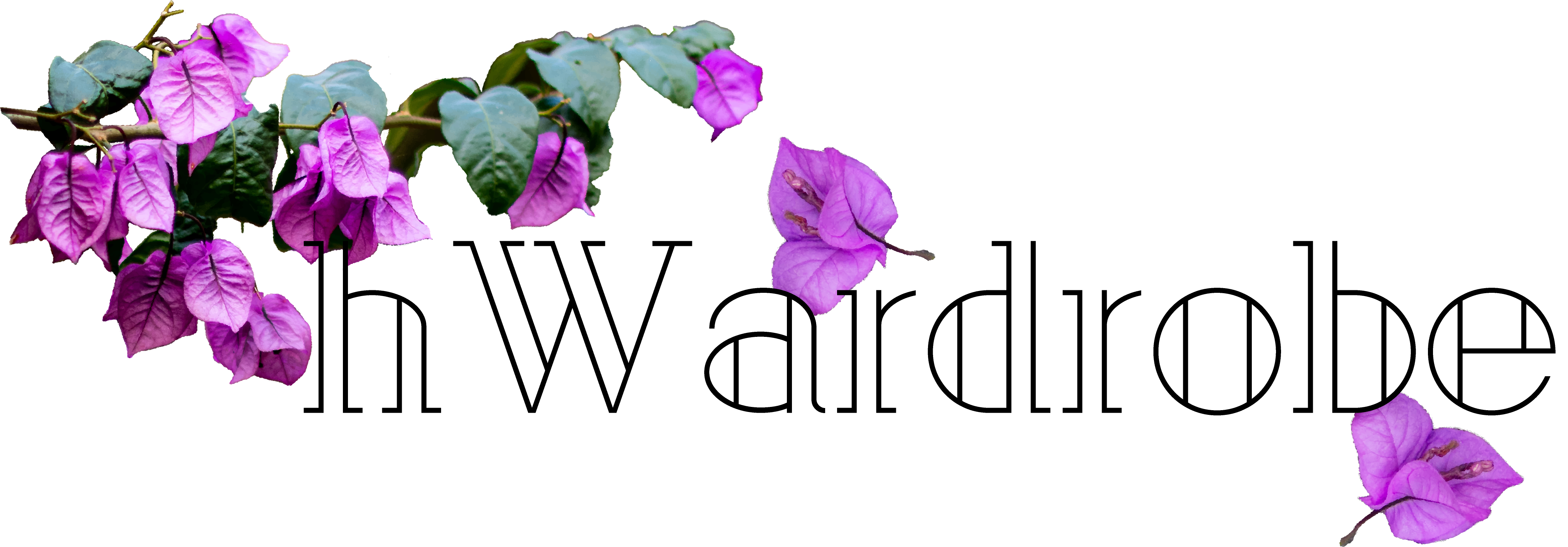
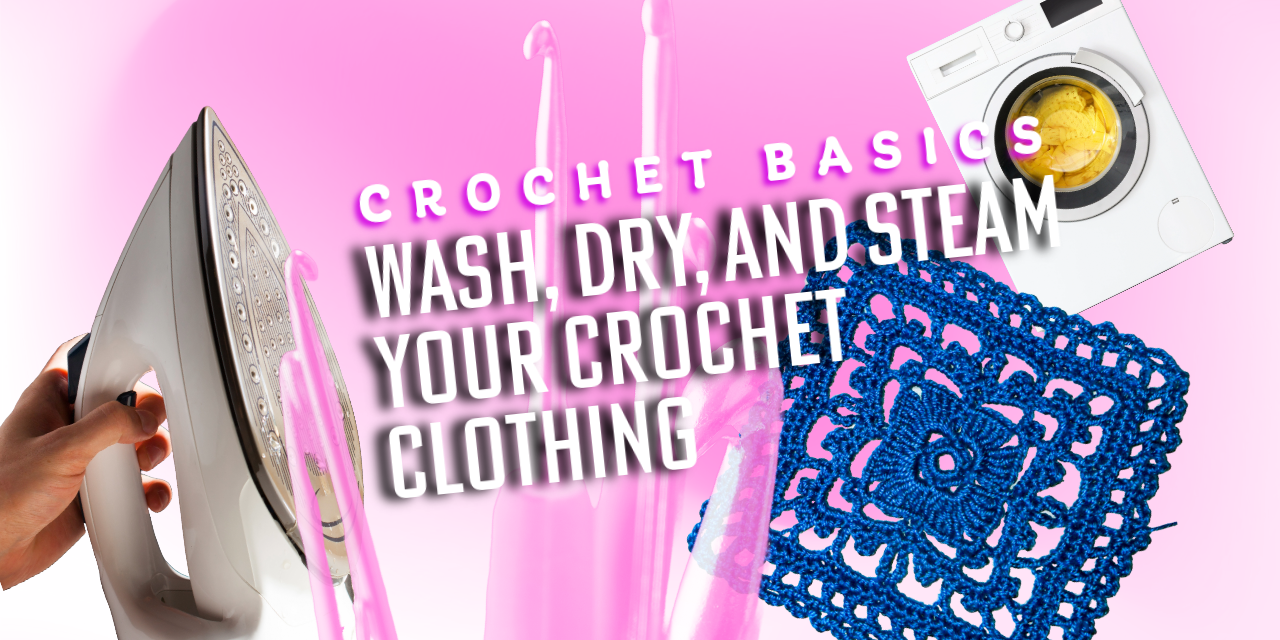
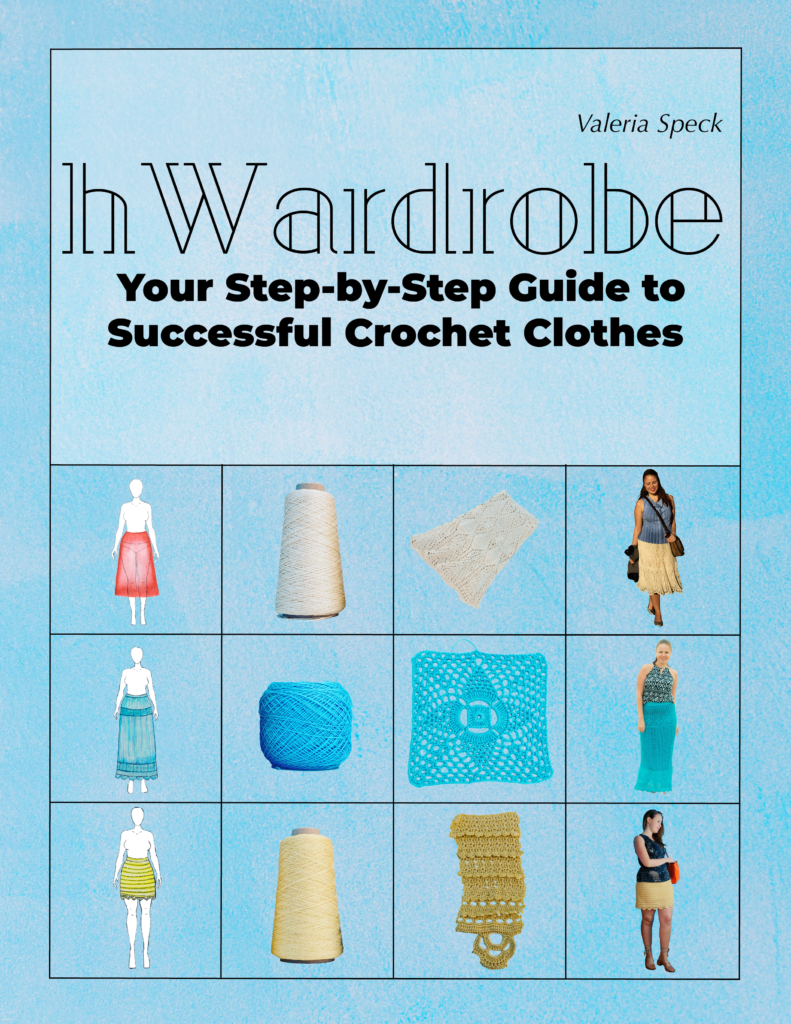
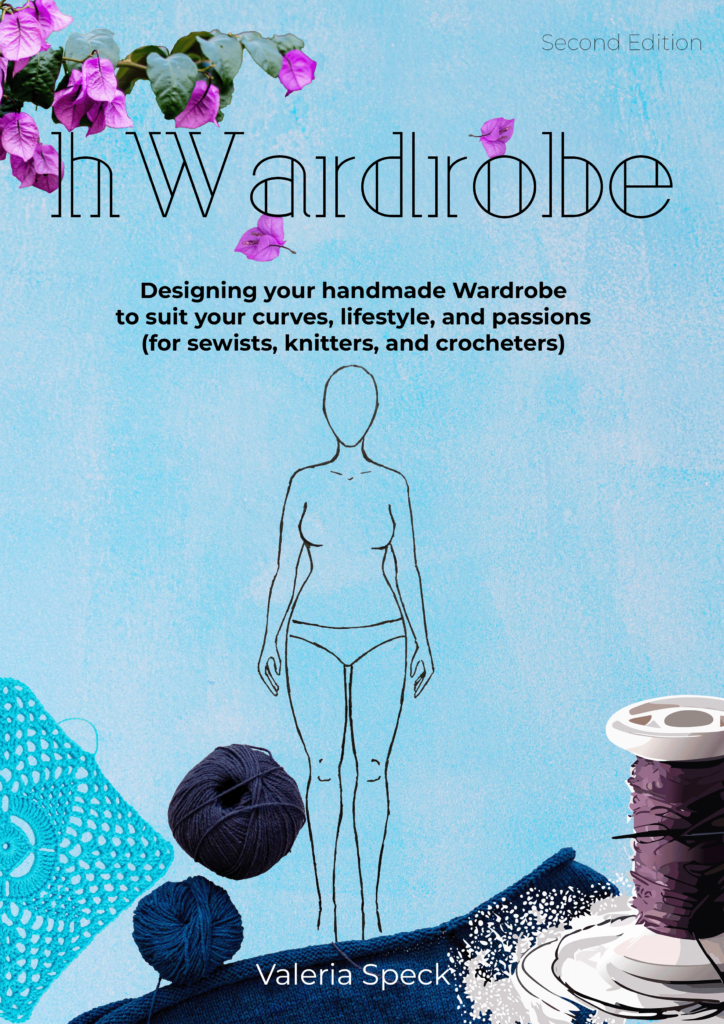

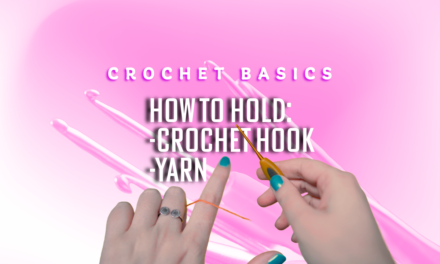







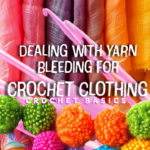
You have Successfully Subscribed!